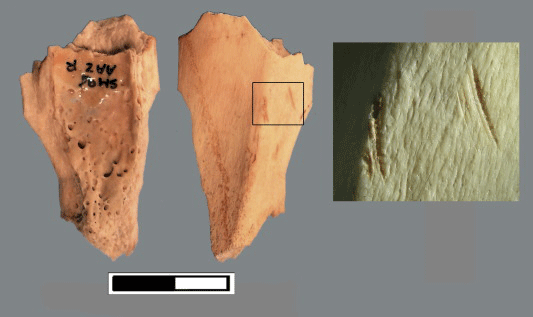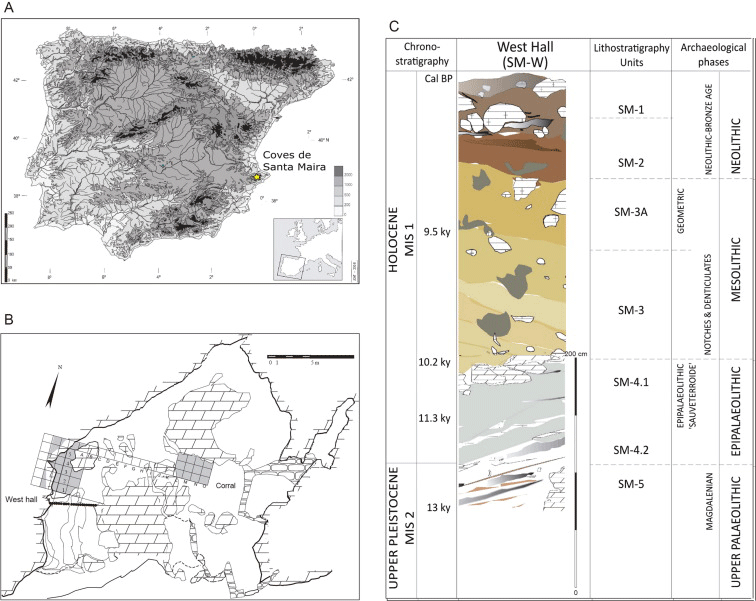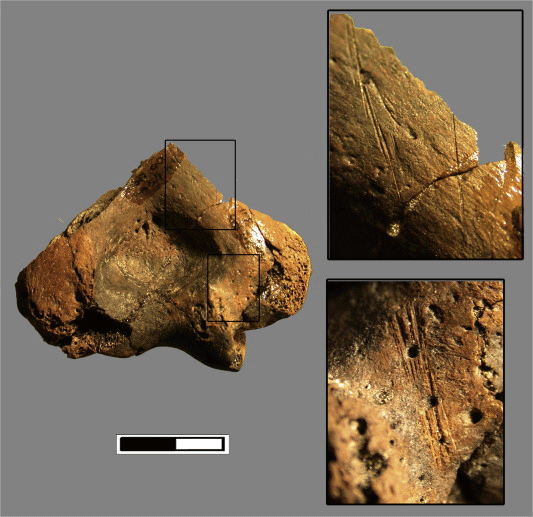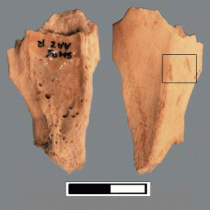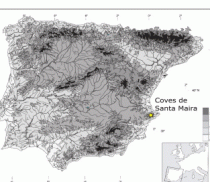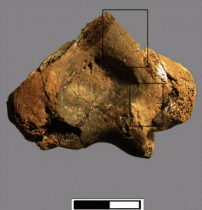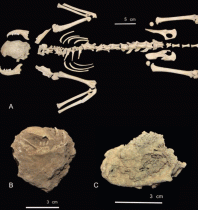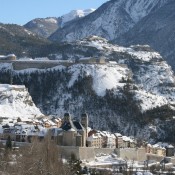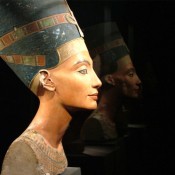Archaeological evidence found in a cave in Spain indicate that cannibalism took place among humans in the area about 10,000 years ago.
In particular, human bones found at the site of Coves de Santa Maira, near Valencia in Spain, bear signs that they were consumed by humans. The bones, 30 in number, belonged to at least two adults and a young child. Many of the adult bones were probably cut and hammered with stone tools, heated, and possibly bitten by other humans. They were found among the remains of other animals. Differences in radio-carbon dating might mean that whatever happened took place on two different occasions between 10,000 and 9,000 years ago.
Establishing that cannibalism did take place is not an easy task, even when all indications point to this conclusion. For instance, although sometimes remains are found that bear signs of cooking, this could have been the result of normal funerary practices. To be certain for their conclusions on cannibalism researchers applied a checklist based on the work of French anthropologist Bruno Boulestin. So, among other things, they looked for the identification of human bites on human bones, for cooking marks and cut marks and for traces of human bones in human excrements.
Researchers recorded the marks found on human and faunal remains at the site, i.e. lithic, tooth, percussion and fire marks on bone cortex, establishing that anthropophagic events did take place.
Scientists cannot tell why cannibalism occurred at the time, but the events coincide with a cultural change at the regional Epipalaeolithic-Mesolithic transition. A cultural transformation was ongoing, with more sophisticated tools and developments in agriculture. Also, the environment was changing, since the Ice Age was over, but the mid-Pleistocene period had not yet begun. Perhaps these will provide scientists with an insight as to why anthropophagic events took place at the time.
The research was published in the Journal of Anthropological Archaeology.
